On-location with Blair Bunting and the Profoto Pro-B3
Written by: Shannon Sharpe
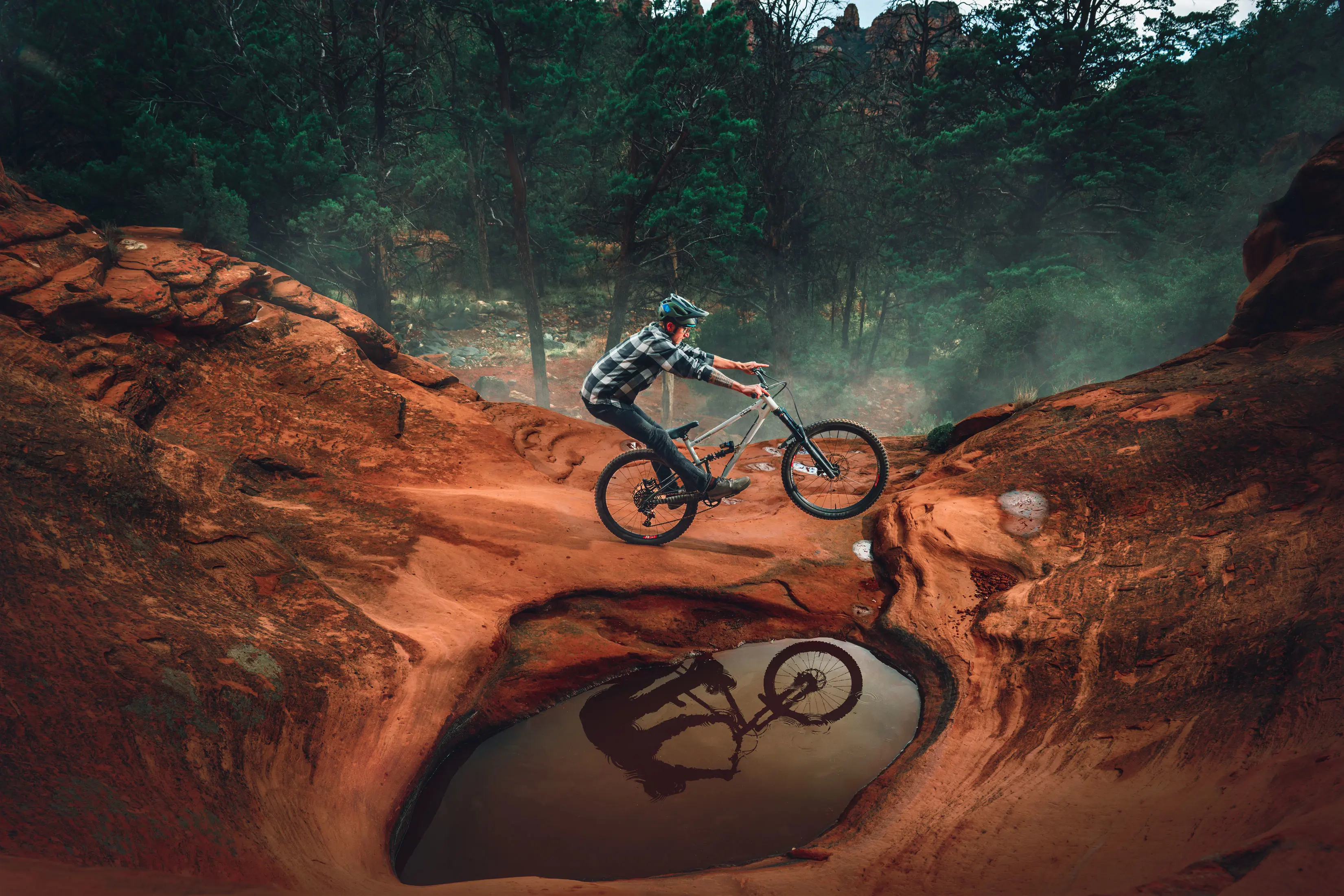
Action photographers such as Blair Bunting face the constant challenge of capturing the perfect shot in extreme conditions, often in a millisecond. This requires a flash with rugged design, robust build, and unparalleled recycling speed and flash duration. Here he uses the groundbreaking battery flash, Profoto Pro-B3, to shoot in unforgiving conditions.
If Blair Bunting’s process could be summed up in one phrase it would be, “Lights, camera, action.” Action being the key word, as he often needs to capture a movement in a millisecond. An even bigger challenge presents itself when he works in remote locations and extreme environments, such as a recent two-day mountain biking shoot in Arizona. Spending one day in Sedona’s sun-scorched Red Rocks and the second in the rugged Aspen forests of Flagstaff, Bunting and his team put the new Profoto Pro-B3 flash to the test. “I could tell right away the Pro-B3 is something that doesn’t need the calm pedigree of a studio shoot,” Bunting muses of the groundbreaking flash’s power and rugged design. “It wants to be outside and wants to be around the chaos.”
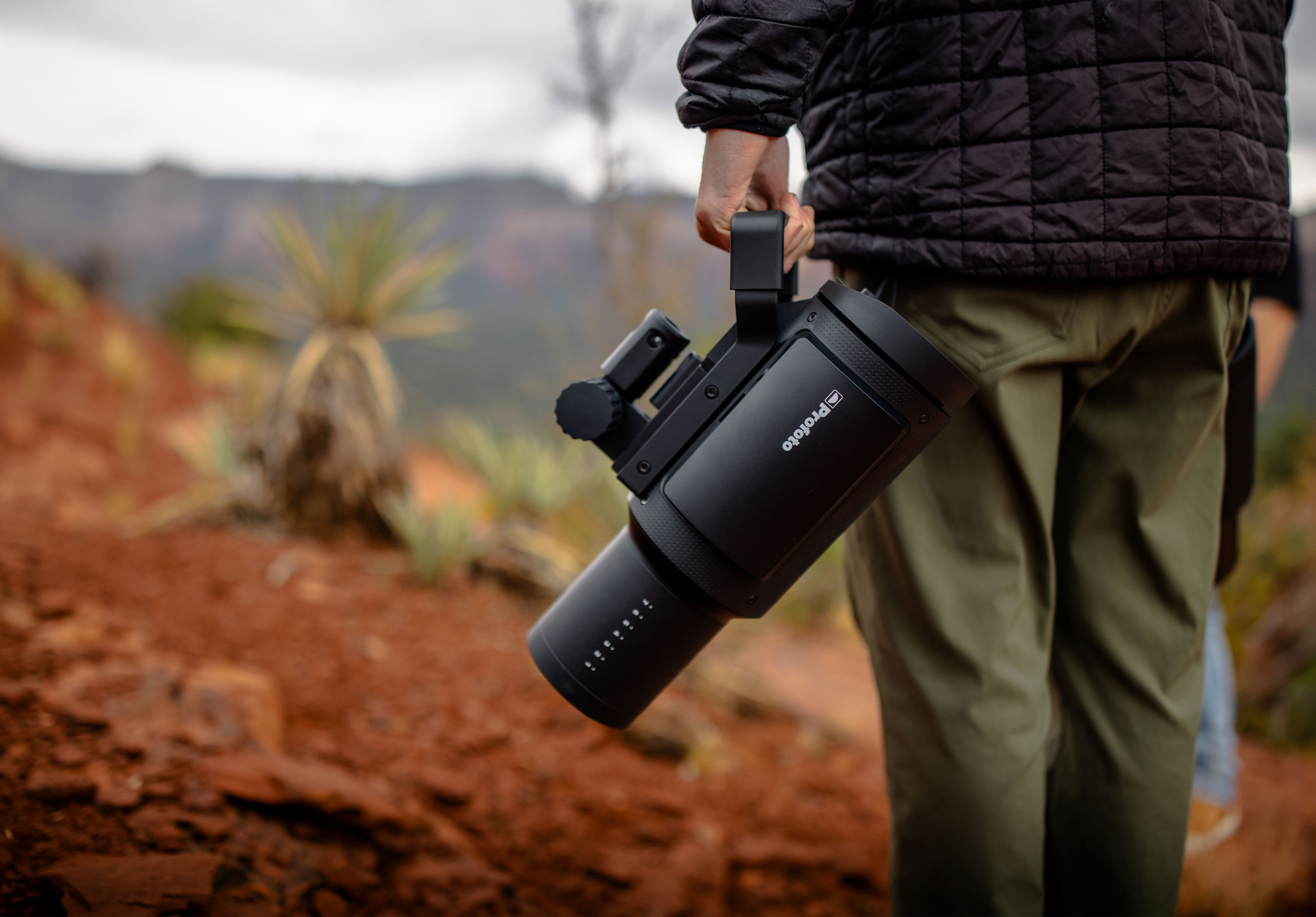 Photo: AJ Shipitofsky
Photo: AJ Shipitofsky
Expect the unexpected
When it comes to shooting in extreme environments, unpredictability comes with the territory (literally). Bunting’s original plan for the first day was to shoot in Flagstaff and the second day in Sedona, but rain and snow in the forests called for a change in plans. “It was clear that Flagstaff was not going to cooperate,” he says. Hoping the desert would offer some better photo opportunities for the day, the team loaded up their gear and headed to Sedona. “It was like stepping into another world,” Bunting says. “The Red Rocks were waiting, standing tall and jagged against the sky.”
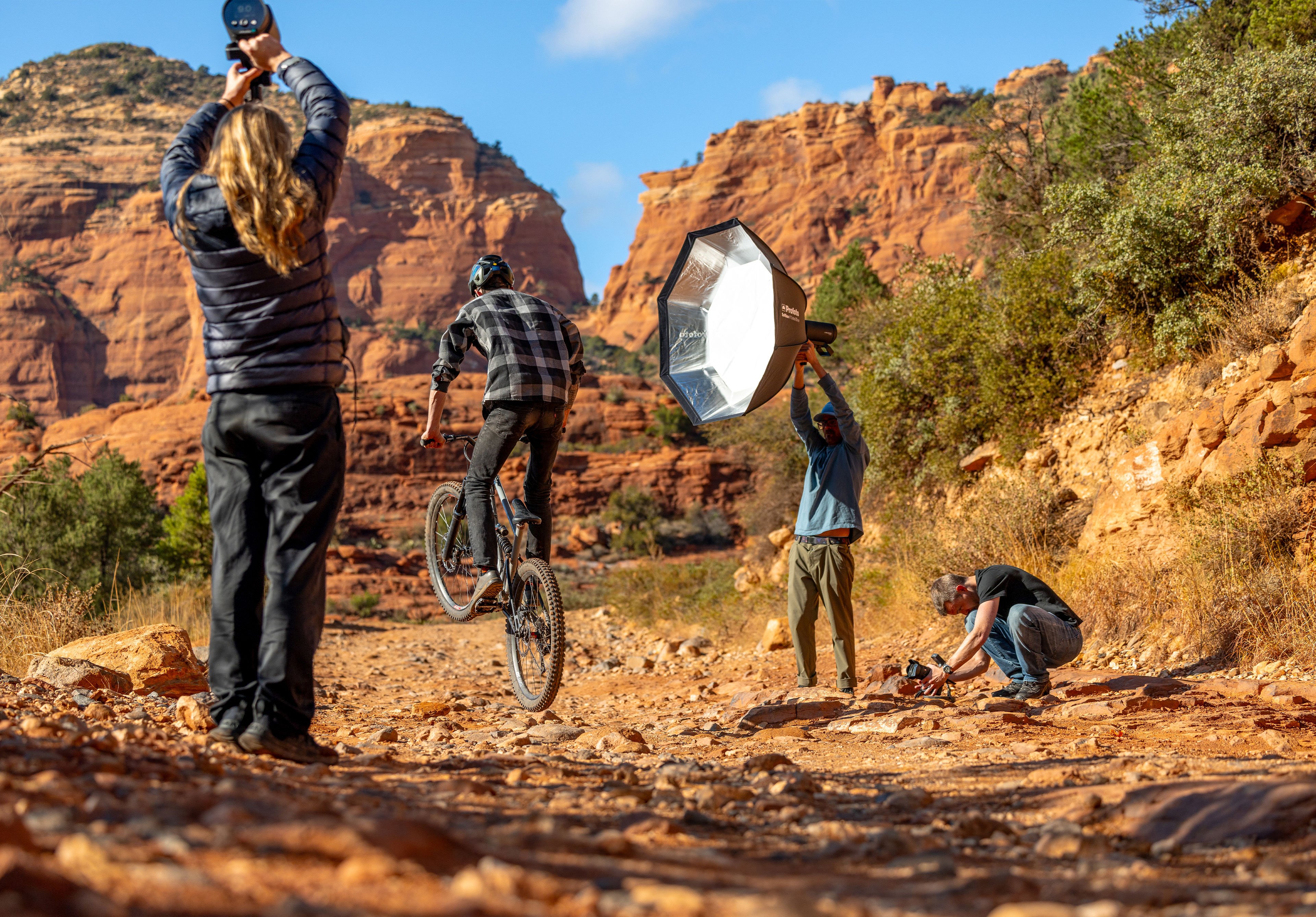 Photo: AJ Shipitofsky
Photo: AJ Shipitofsky
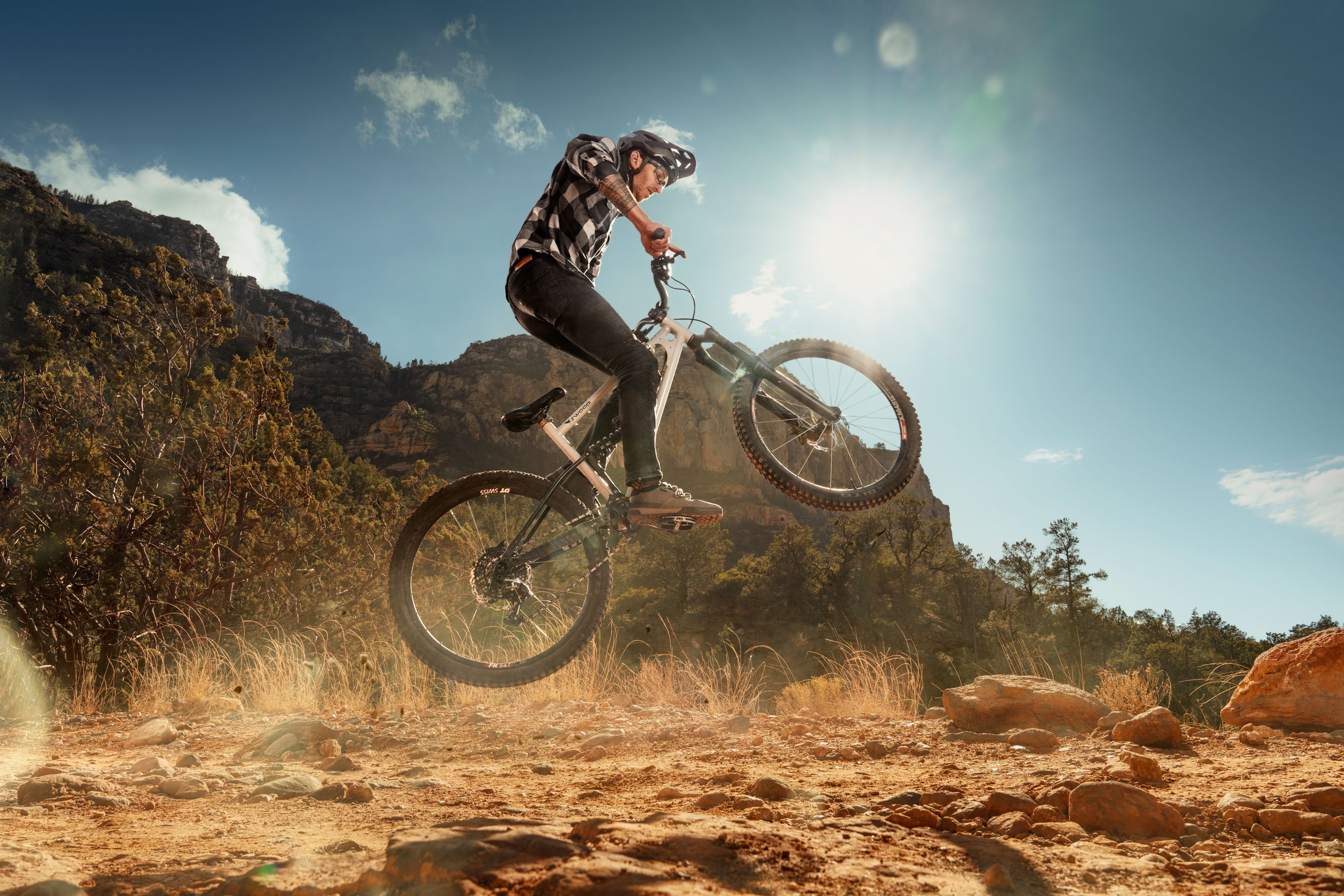 Photo: Blair Bunting
Photo: Blair Bunting
Off roading
To put the rugged design of the Pro-B3 to its best use, Bunting avoided the popular, well-worn hiking travels in Sedona. “What we wanted to do was get deeper into the landscape to not only showcase the roughness of the environment but also use the Pro-B3 in a habitat where it can exist,” he explains. Turning to a local driving company that takes adventure seekers deep into Red Rocks, Bunting, his crew and the mountain biker set off on a five-hour exploration of the desert’s terrain. “When we saw a good location to shoot, we’d just call out to the driver to stop,” he says.
 Photo: Blair Bunting
Photo: Blair Bunting
With 750 Ws adjustable over an 11 f-stop range, a recycling speed as low as 0.01 seconds and a flash duration as short as 1/56,000 of a second, the Pro-B3 was the ideal option for such an extreme shoot. Bunting was able to capture each spec of red-hued dirt and splash from a mud puddle instantaneously.
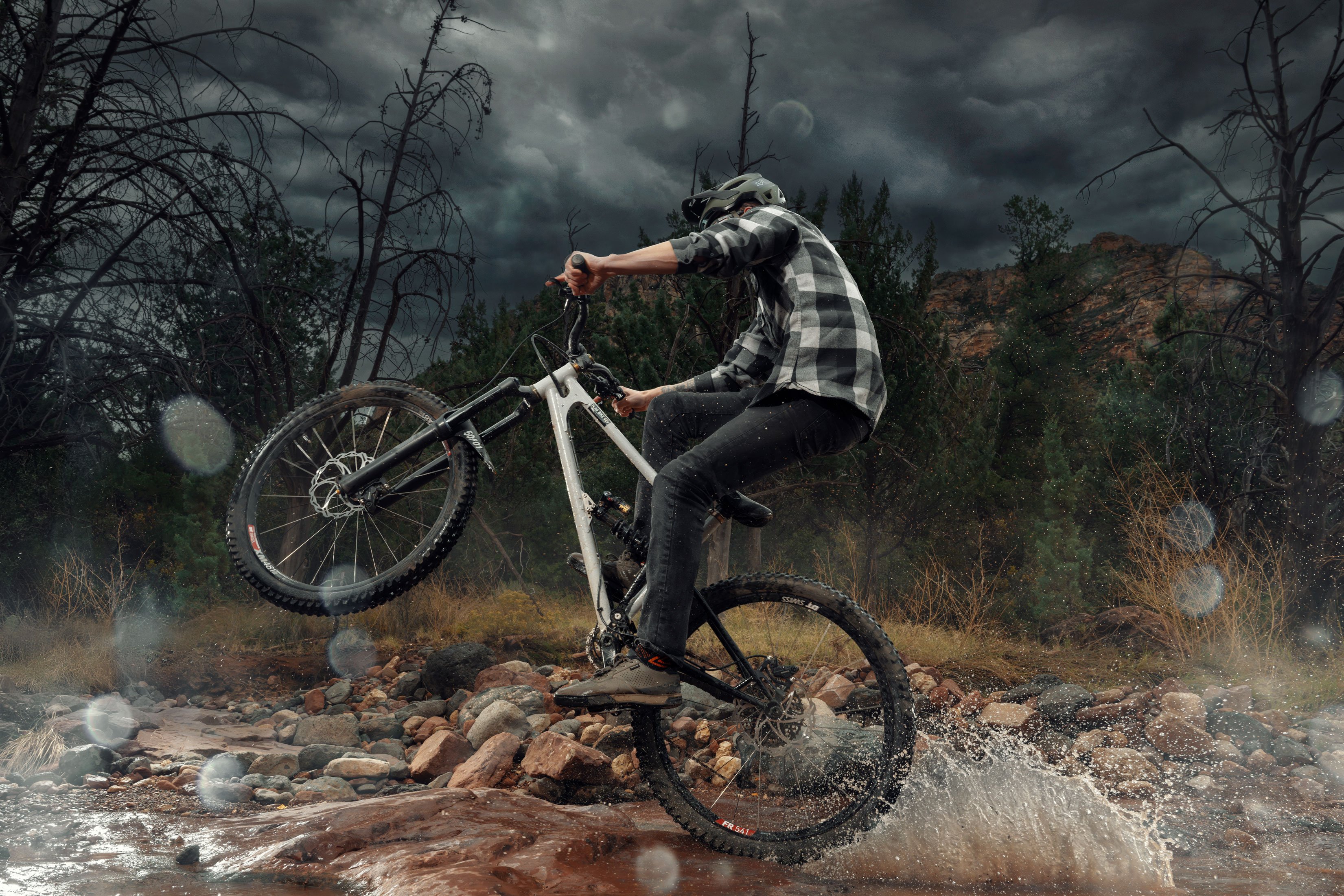 Photo: Blair Bunting
Photo: Blair Bunting
View from the top
The wintry Aspens of Flagstaff made for an entirely different setting on the second day of the shoot. As Bunting and his team hiked deeper into the woods, they were greeted with fresh-fallen snow, white-capped mountains and a dramatic sky with quickly shifting clouds.
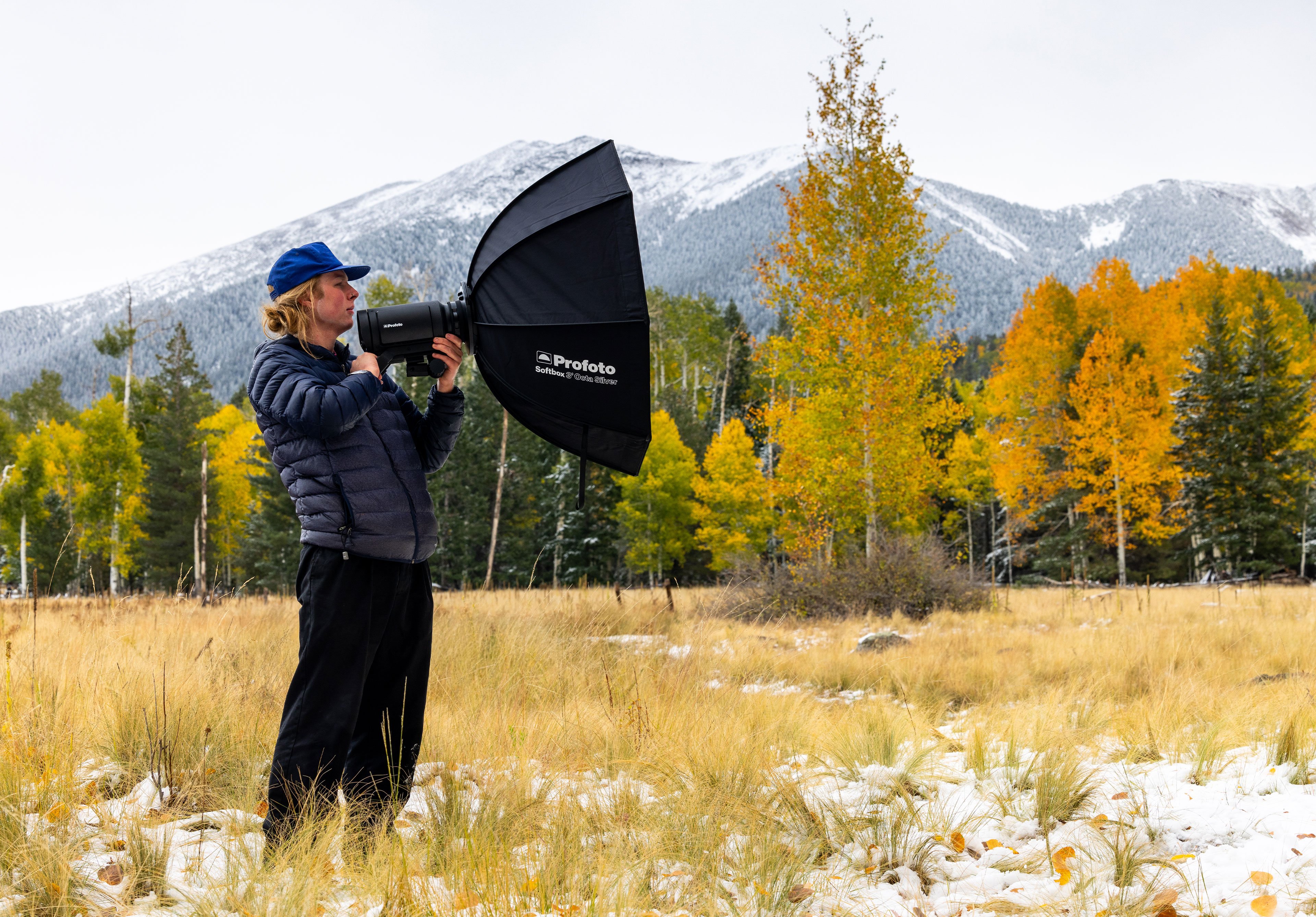 Photo: AJ Shipitofsky
Photo: AJ Shipitofsky
“We really loved the idea of the biker going up this crazy landscape and throwing up the snow,” Bunting says. He wanted to freeze the action as the bike moved through the air and capture the stillness of the snow. But, shooting at close to 10,000 feet with rapidly changing natural light, the team had to move quickly.
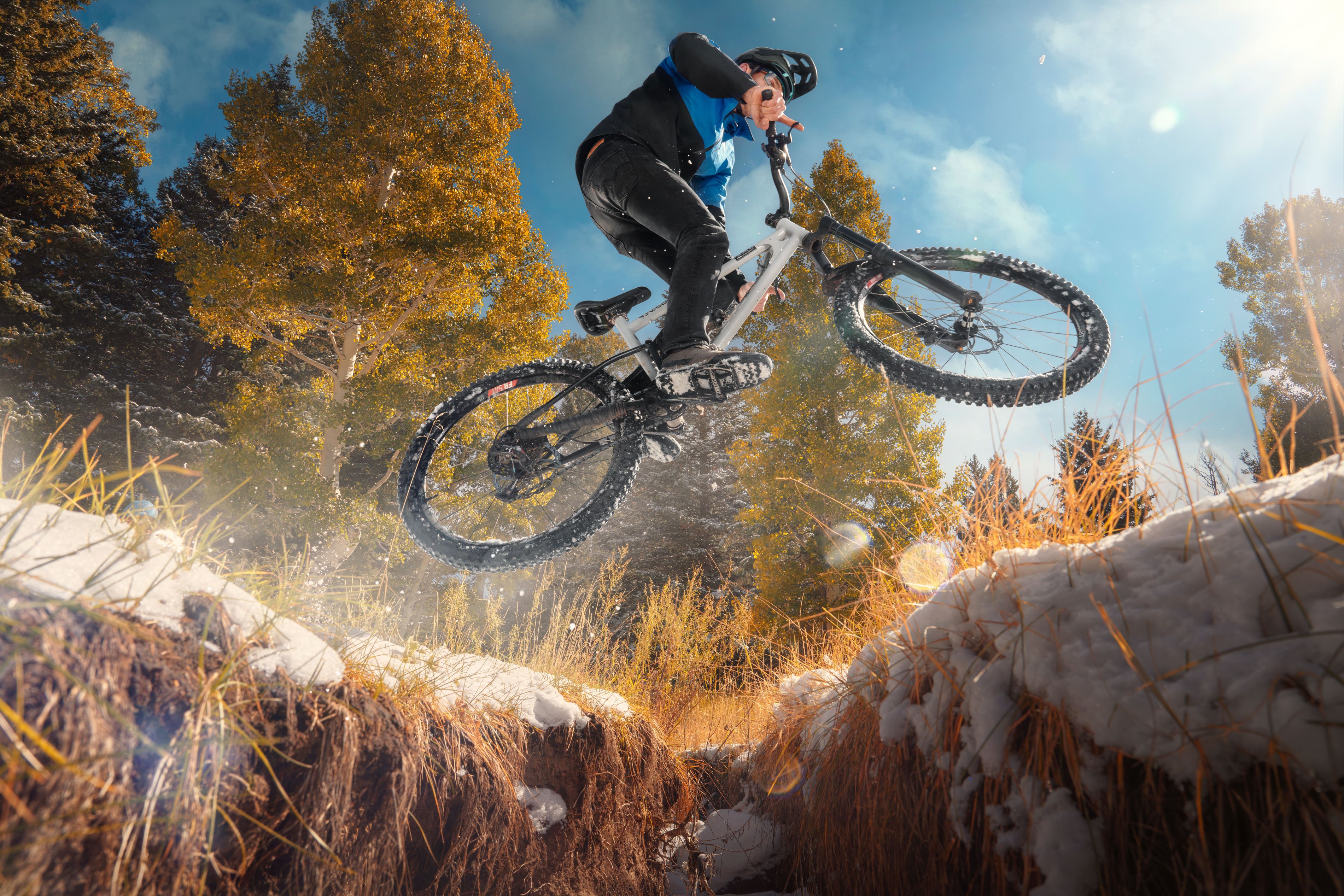 Photo: Blair Bunting
Photo: Blair Bunting
“Thanks to its short flash duration and fast recycling time, Pro-B3s are perfect for this type of situation,” he explains. “We would be in a spot that looked dull. Then the sun would slip through and all of a sudden it was striking.”
 Photo: AJ Shipitofsky
Photo: AJ Shipitofsky
Finding the frame
“My approach to lighting—especially in these kind of situations—is using it to support my narrative,” Bunting notes. “You can have the best, most exciting engaging subject ever and if it's in bad light, it's still not a great photo.” This means setting up the photo before any gear is involved. Bunting asked the biker to demonstrate the action without any camera or lights. Witnessing the biker’s movements allowed the team to build the light around the action. “As soon as I saw what it was I needed to tell the viewer about that situation, that's when the lights came out,” Bunting explains. “The Pro-B3 was built for shoots like this.”
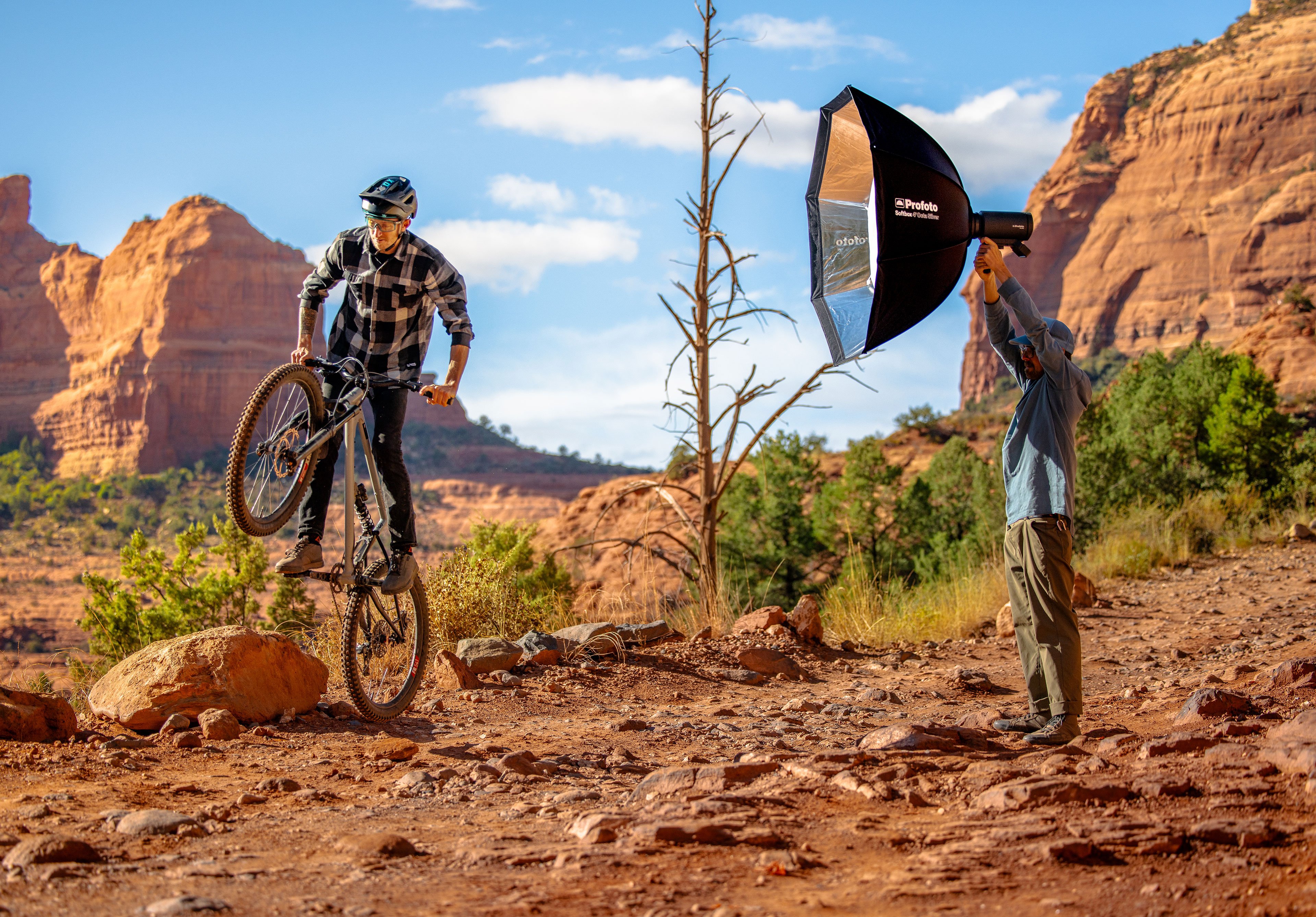 Photo: AJ Shipitofsky
Photo: AJ Shipitofsky
Teamwork
Because it was too difficult to bring bulky gear with them into these extreme environments, collaboration with his lighting assistants was key. “We referred to them as the human light stands,” Bunting laughs, explaining the unpredictability that comes in more hostile settings. “There were some shots where as soon as the biker passed a certain spot, the assistant stepped in so that we could have the light be on the right axis for the image.” This portability was paramount to framing the biker in the right light. “What the biker was doing was already awesome enough,” he adds. “But having someone who could point the light directly at him made it easier to make sure the light was how we captured the epic action.”
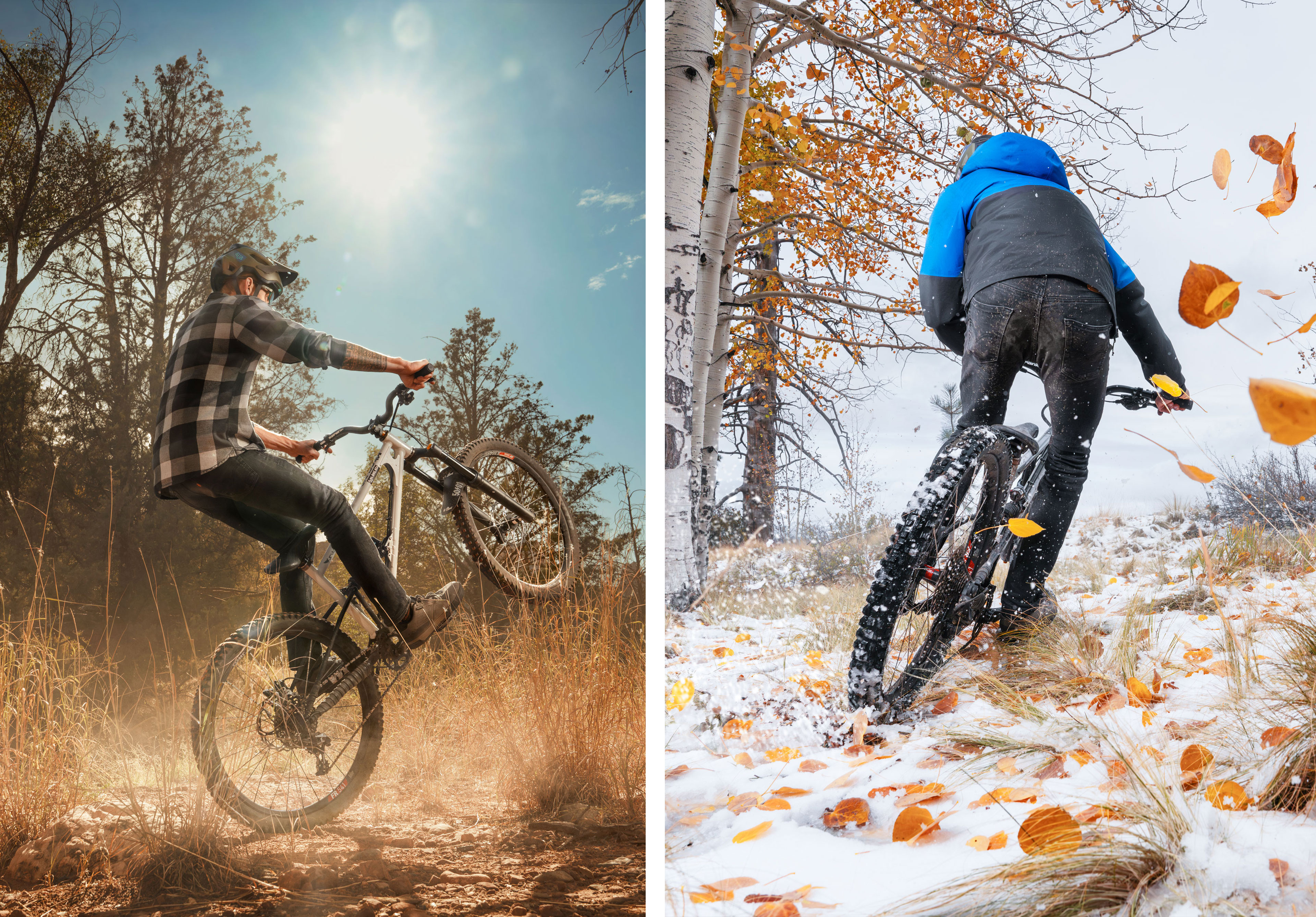 Photo: Blair Bunting
Photo: Blair Bunting
Perfect combination
Without the Pro-B3 Bunting says he wouldn’t have been able to capture the movement and extremities of both the sport and the environment. “This shoot provided the opportunity to take advantages of different aspects of light,” Bunting says. “Thanks to the combination of the natural splendor of the surroundings and that type of action, it was perfect.”
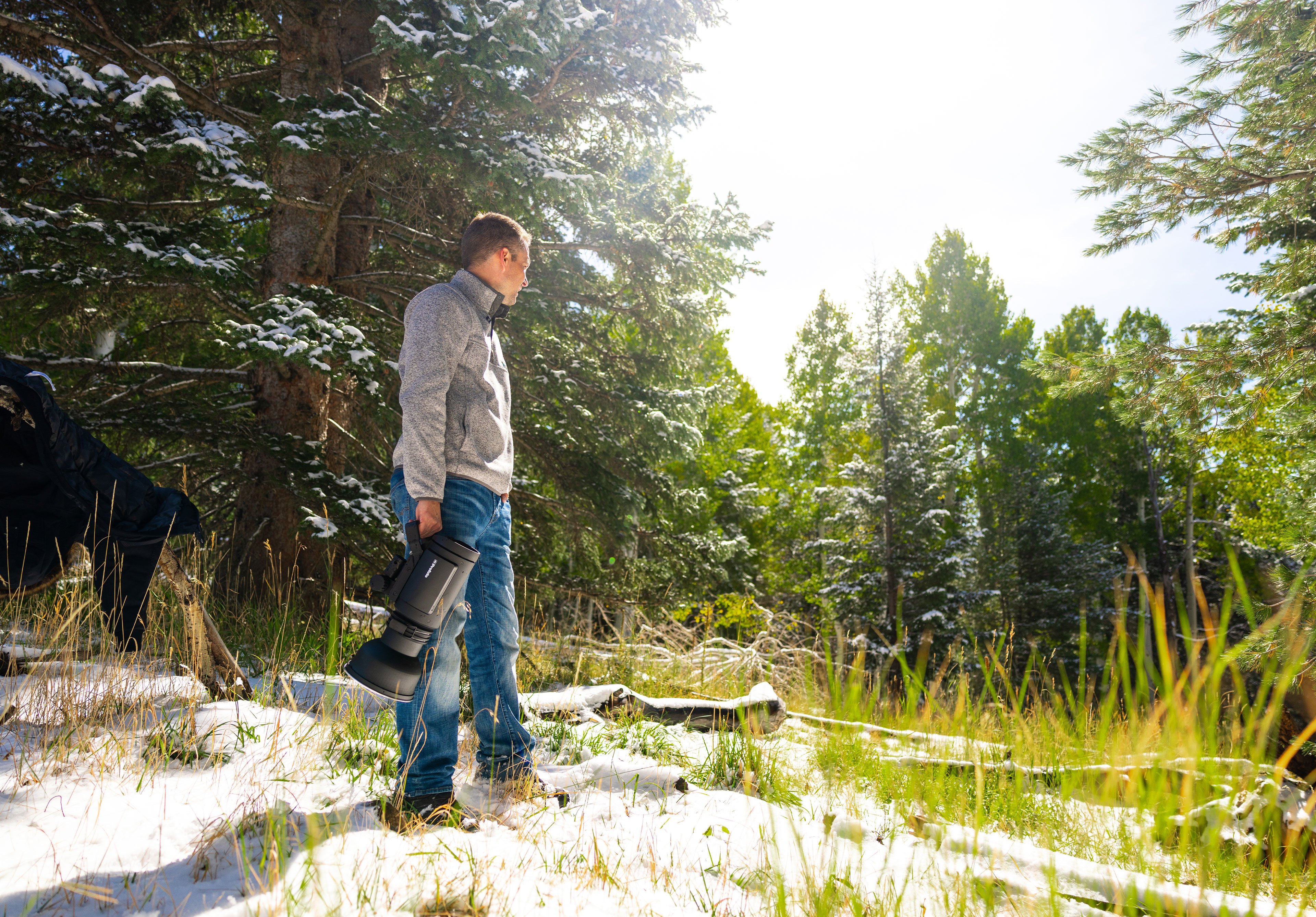 Photo: AJ Shipitofsky
Photo: AJ Shipitofsky
To see more of Blair Bunting’s work and learn about his lighting setups, visit his Share the Light profile.
Photographer: Blair Bunting
Biker: Nick Nation
Videographer: Derek Jones
BTS: AJ Shipitofsky
Lighting Assistant 1: Matt Valley
Lighting Assistant 2: Jacob Handley
Lighting Assistant 3: Preston Midkiff